Summary
- The 2025 Perseid meteor shower will be most visible in the Northern Hemisphere from July 17 to August 24, with peak activity on August 12-13.
- Although the meteor shower can be seen all over the night sky, looking in the direction of its radiant—the Perseus constellation—will increase your chances.
- To photograph the Perseid meteor shower, set up a tripod, adjust your camera’s settings, and use apps that capture moving objects.
The Perseid meteor shower is one of the most prolific astronomical displays in the Northern Hemisphere, offering many fast, bright meteors with long-lasting trains at around the same time every year. Let’s look at what the Perseid meteor shower is and how you can see it and capture it on camera.
What and When Is the Perseid Meteor Shower?
The Perseid meteor shower is caused by small pieces of debris falling from and trailing behind the 109P/Swift-Tuttle comet—discovered in 1862 by astronomer Lewis Swift and confirmed by fellow scientist Horace Parnell Tuttle a few days later—as it nears the Sun.
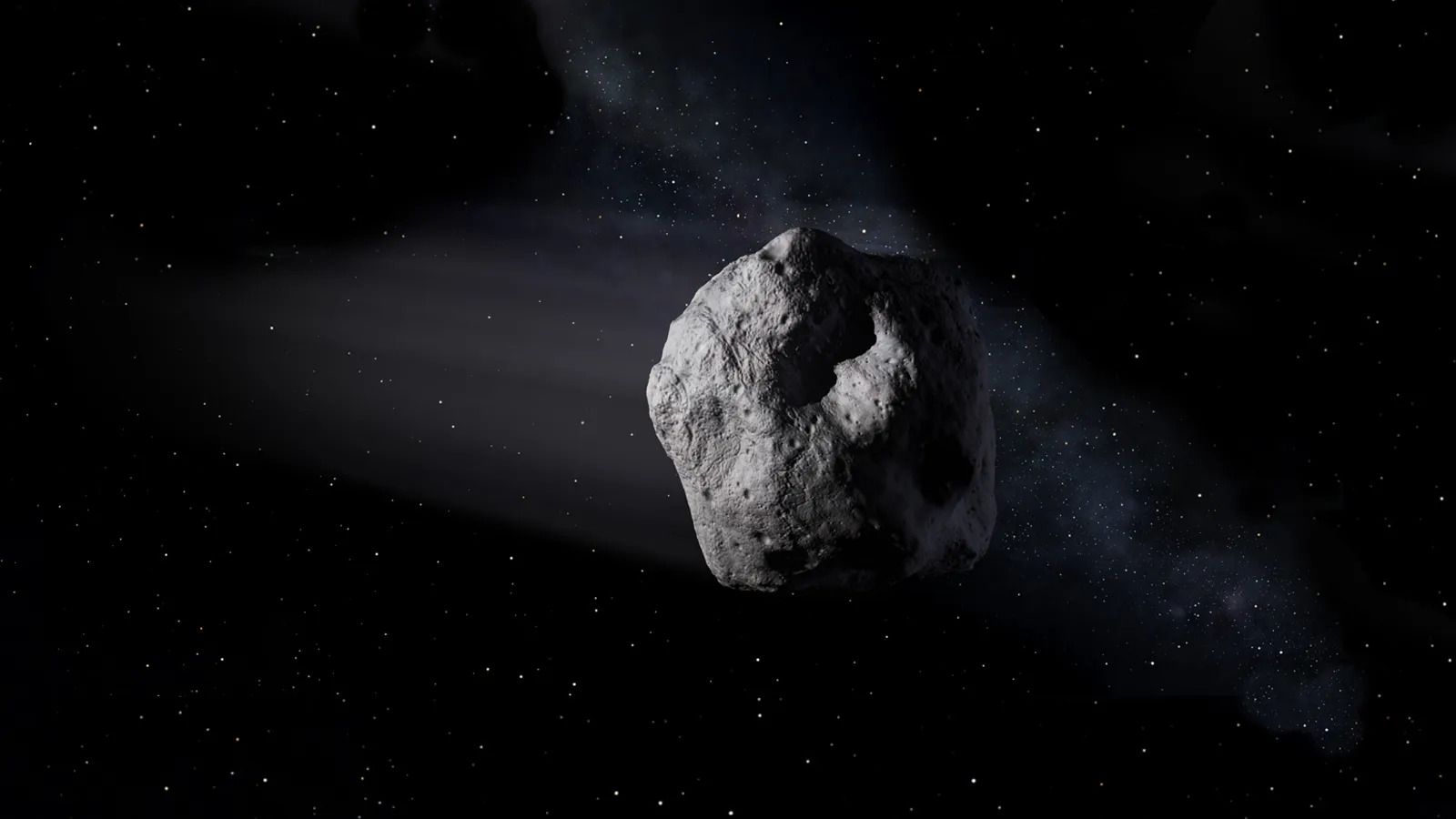
Related
Know the Differences Between Meteors, Meteoroids, Meteorites, Comets, and Asteroids
Become a walking astronomy encyclopedia!
As the Earth passes through Swift-Tittle’s solar orbit each year, the trailing debris collides with our atmosphere at around 36 miles per second to create a stunning display of meteors.
Even though this only happens once a year, it lasts more than a month, giving us plenty of opportunity to enjoy the spectacle. More specifically, in 2025, the Perseid meteor shower lasts from July 17 to August 24, peaking on the night of August 12-13.
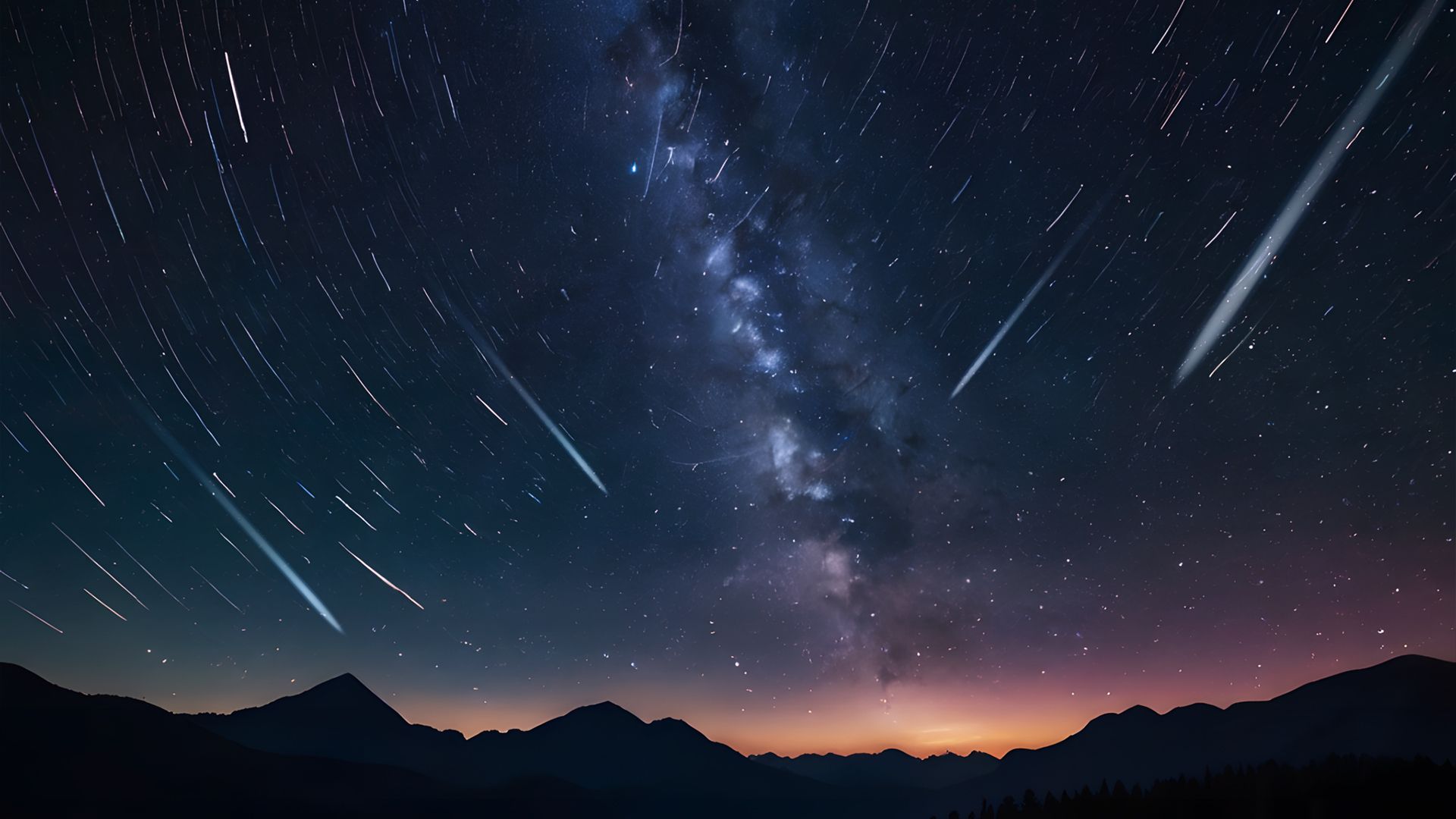
Related
I’ve Watched Many Meteor Showers—Here’s How You Can Too
There’s more to our sky than constellations and planets.
Where Should I Look for the Best Experience?
Although the Perseid meteor shower is one of the easiest to observe, it’s good to increase your chances by knowing where best to look.
It’s called the Perseid meteor shower because the shoots of light appear to originate near the Perseus constellation, even though the shower has nothing to do with Perseus other than this apparent positional coherence.
To find this constellation, which is best viewable in Northern Hemisphere skies, first look for its neighboring constellation, Cassiopeia. You’ll find this group of stars quite quickly, thanks to its distinctive “W” or “M” shape. Then, you’ll see the less prominent Perseus constellation alongside.
Even though many meteors will appear to come from this position, there’s a good chance you’ll see them all over the sky. If you’re trying to catch a glimpse of the meteor shower from the Southern Hemisphere, you shouldn’t be disappointed if you keep your eyes fixated in a northerly direction.
There are many stargazing apps you can use to help you locate phenomena in the sky. SkySafari is useful because you can type the name of the constellation or star you’re searching for, and it’ll help you center the object.
Finally, knowing where not to look is just as important. Your main aim should be to avoid looking towards city lights, and use a light pollution map to find out whether your view is likely to be hampered by artificial light pollution. Also, since the Sun sets in the west, you’ll likely get darker skies in the east, especially in the summer.
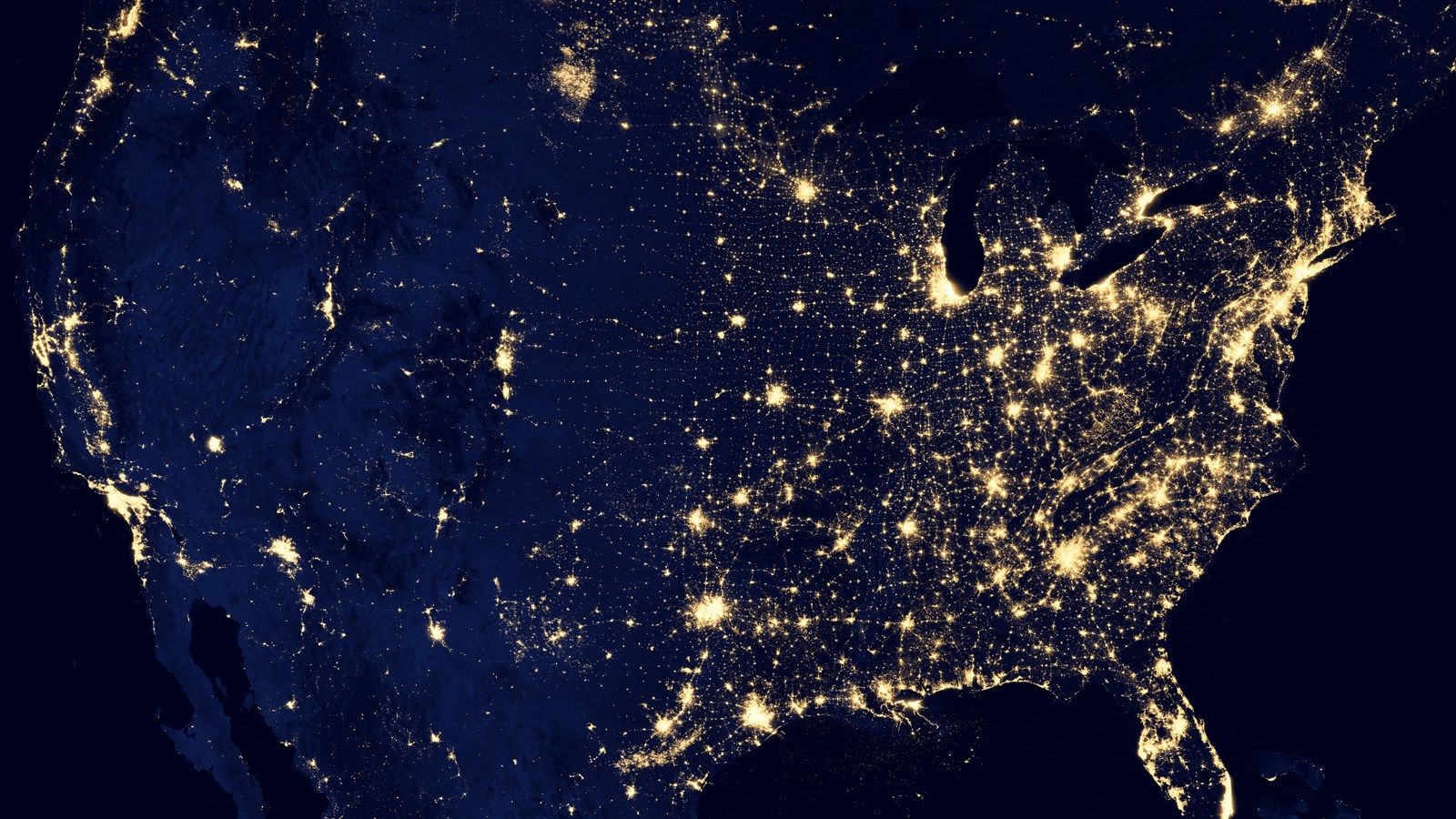
Related
How You Can Still Stargaze Under Light Pollution
Don’t let the city lights put you off.
Do I Need Any Equipment to See the Perseid Meteor Shower?
The beauty of meteor showers is that you don’t need any special equipment to see them. In fact, binoculars and telescopes are designed to narrow your field of view, so you’re less likely to see any meteors if you look through them.
So, once you’ve located a safe stargazing spot, the only equipment you’ll need is a blanket to set on the ground and a flask of something tasty. Even though meteor showers are infamously unpredictable, the Perseid meteor shower is so prolific that you can expect to see over 50 an hour in the right conditions with the naked eye once your vision has adjusted to the darkness.
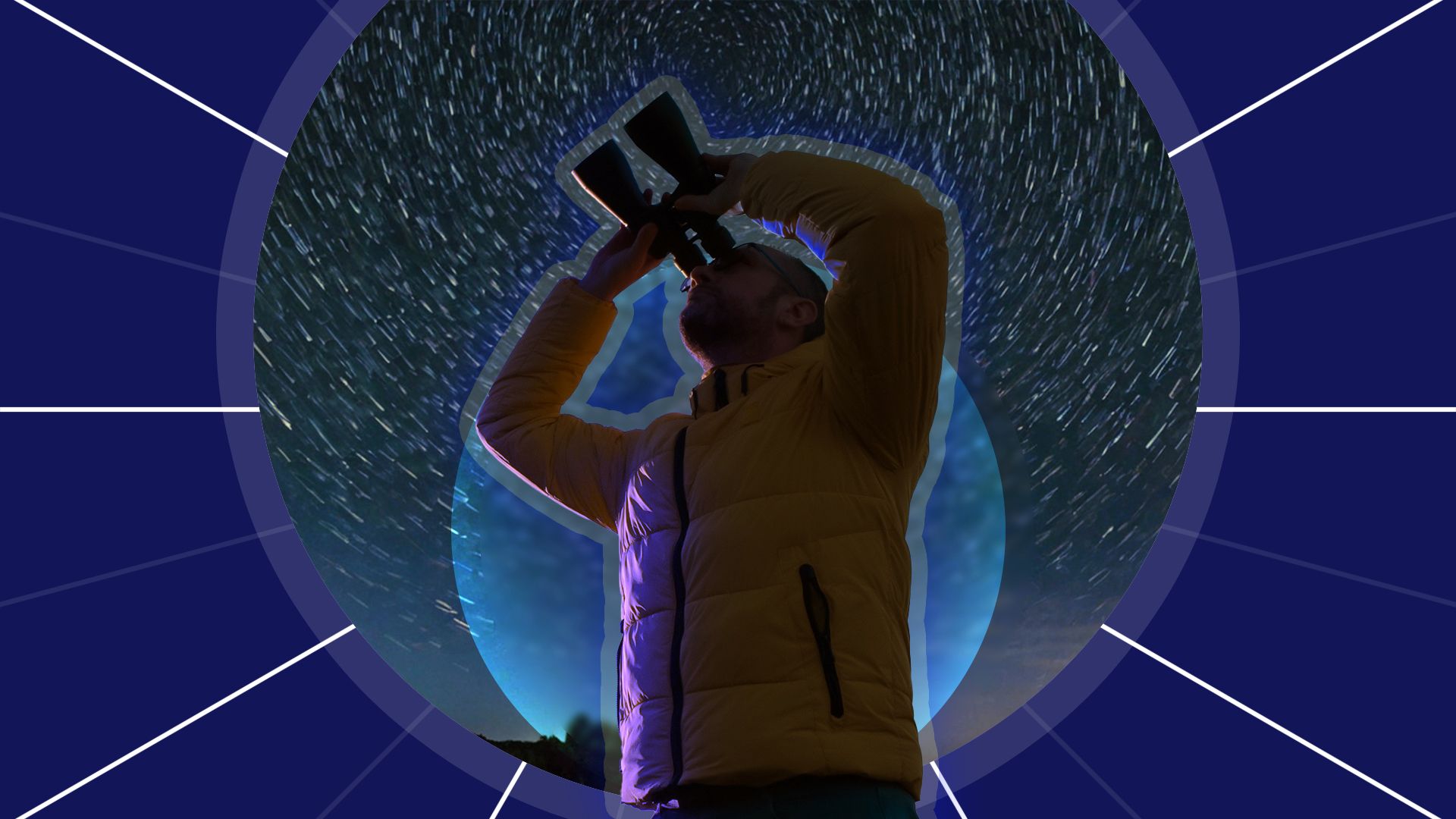
Related
10 Items You Need to Add to Your Amateur Astronomy Toolkit Today
Get prepared to be amazed!
Will the Moon and Weather Affect My View of the Sky?
One thing to bear in mind before you plan a night in the garden is how the Moon might impact your experience. Indeed, when our natural satellite is in or near its Full Moon phase, it can light up the sky, making some of the fainter meteors more difficult to see.
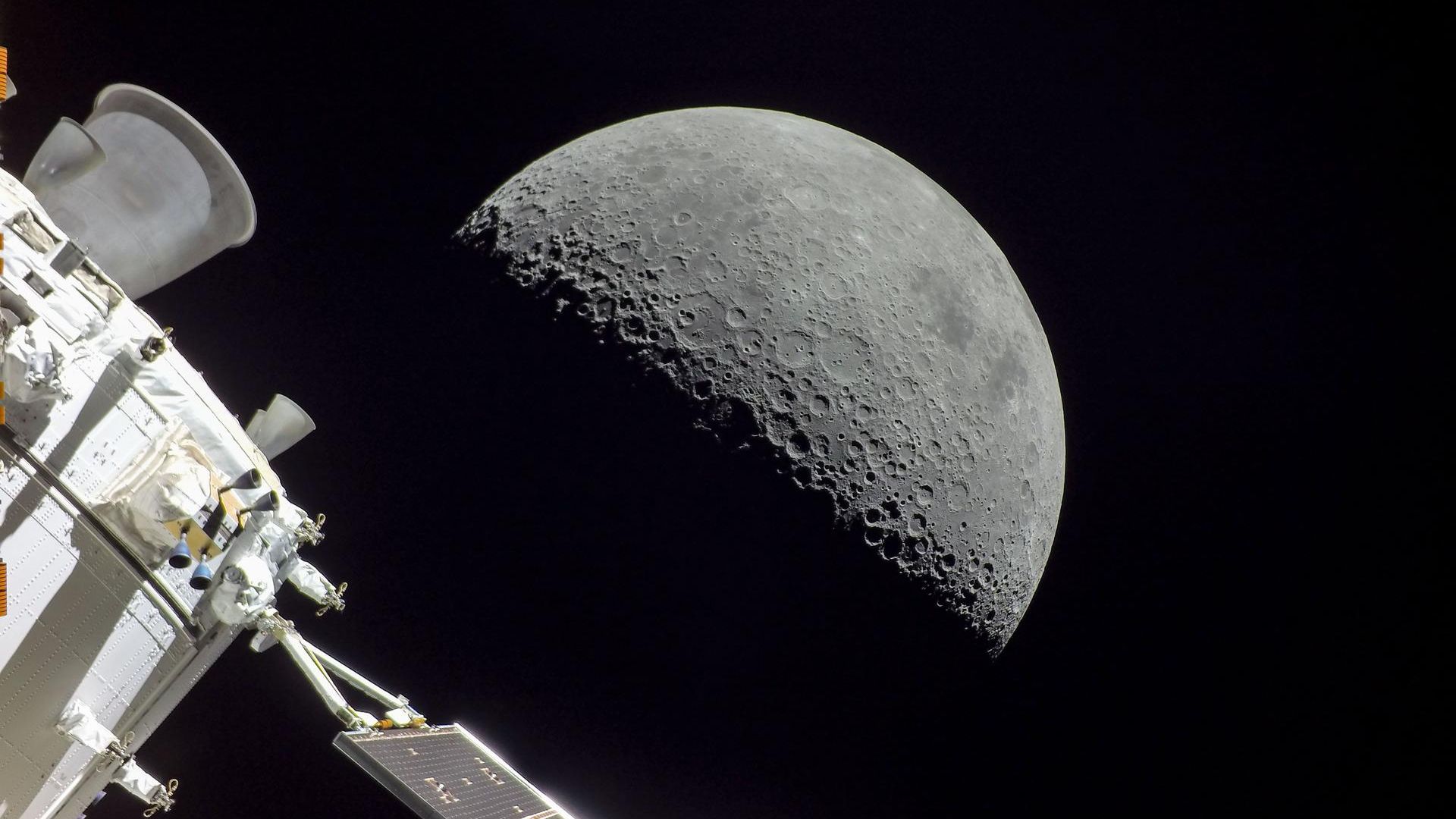
Related
What Are the Moon’s Phases and Why Do They Matter?
The Moon’s phases affect humans and nature.
Unfortunately, this year, the Moon will be particularly bright and high in the sky during the peak of the Perseids in the second week of August. That said, a week after the meteor shower begins, only a small proportion of the Moon will be illuminated, and it’ll set in the evening, so towards the end of July might be the best time to head outside. You’ll also have favorable viewing conditions as the meteor shower nears its end in mid-to-late August.
Date | Perseid Meteor Shower Stage | Moon Phase | Moonset and Moonrise (New York, U.S.) |
|---|---|---|---|
July 17 | Start of activity | Third quarter (57.0% illumination), heading towards a New Moon on July 24. | The Moon will set in the afternoon and rise again at midnight. |
August 12 | Peak of activity | Between the Full Moon and third quarter phases (89.3% illumination) | The Moon will rise at 21:41 and won’t set until 10:54 the following morning. |
August 24 | End of activity | One day after a New Moon (2.4% illumination) | The Moon will set at 20:22 and rise again at 08:38 the following morning. |
The biggest obstacle to shooting star success is something you can’t control and the biggest thorn in any stargazer’s side—clouds. However, since the peak of the Perseid meteor shower is during the Northern Hemisphere’s midsummer period, those north of the equator can hope for a greater chance of an enjoyable night than during the spring’s Lyrid meteor shower.
Nevertheless, even if you do get undesirable weather during the best viewing times, you’ll certainly catch some shooting stars at some point between July 17 and August 24—unless you’re particularly unlucky!
How Can I Photograph the Perseid Meteor Shower?
Just witnessing the Perseid meteor shower should be enough to make your hair stand on end, but photographing a streak of dust burning up in our atmosphere can add that wow-factor to this addictive hobby.
The first thing you’ll need is a stable tripod–such as the 64-inch K&F Concept—for super-sturdy shots and added comfort, especially if you plan to spend the whole night outside.
Then, for the best chance to capture a shooting star, set your phone’s camera to a long exposure time. You’ll also benefit from adjusting some of your phone’s other settings to get the best shot of the night sky.
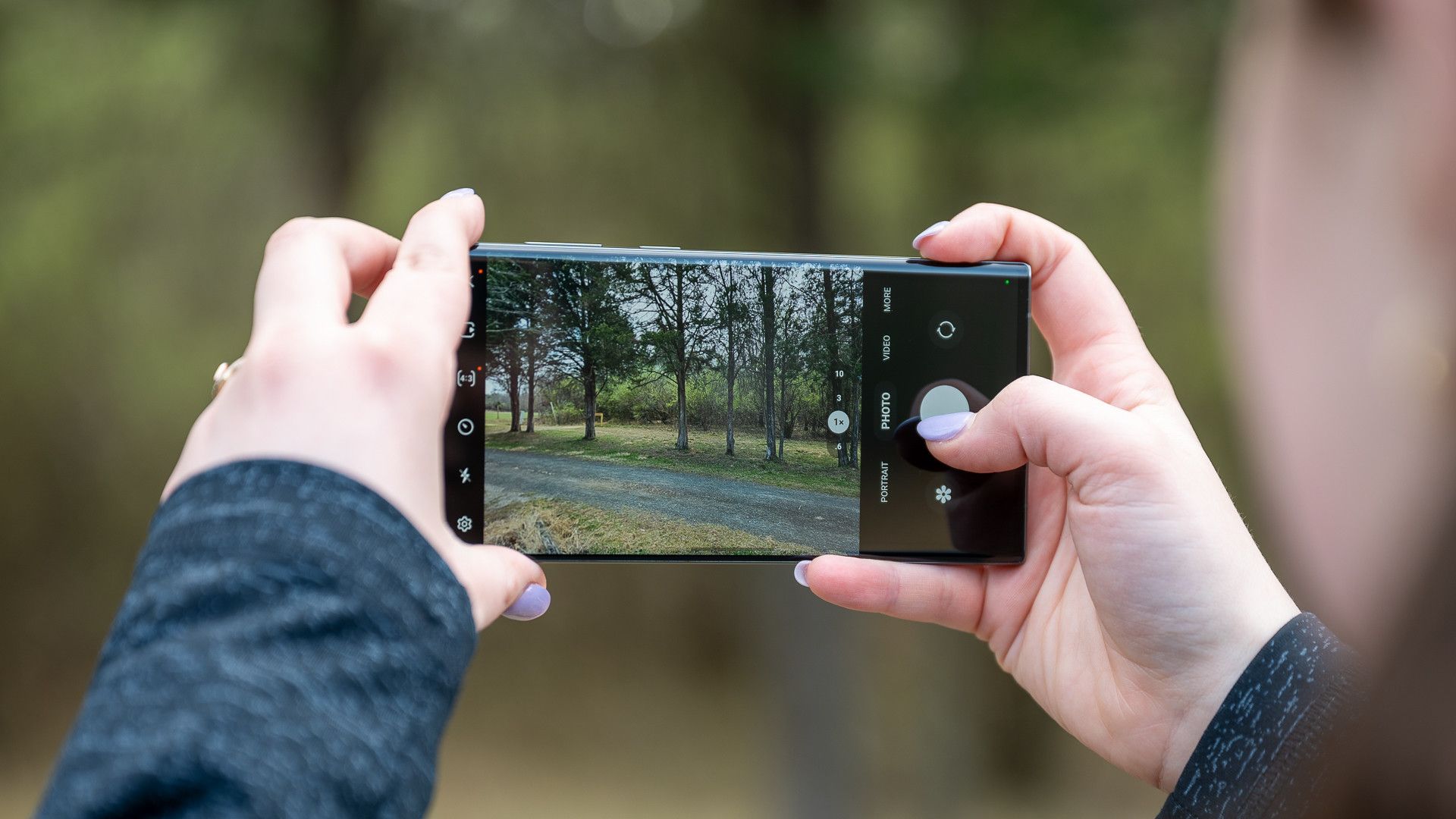
Related
How to Take Long Exposure Photos on a Samsung Galaxy Phone
You can take long exposure photos with your Samsung phone.
If you’re near any artificial lights, they will flood your camera lens and severely disrupt your shot. If you can, also try to block off any direct light coming from the Moon.
Whenever you’re observing the night sky, turn down the brightness on your phone’s screen. Otherwise, your eyes will take longer to adjust when you look back up at the sky.
NightCap is a great app for capturing moving objects in the sky if you use an iPhone. Along with options for capturing the International Space Station and star trails, there’s a Meteor Mode, which automatically detects any sudden, bright movements of light in the sky and saves them in your gallery.
While similar apps are also available for Android phones, setting a five-second shutter timer so you don’t accidentally wobble your shot will almost certainly do the trick if you shoot enough pics.
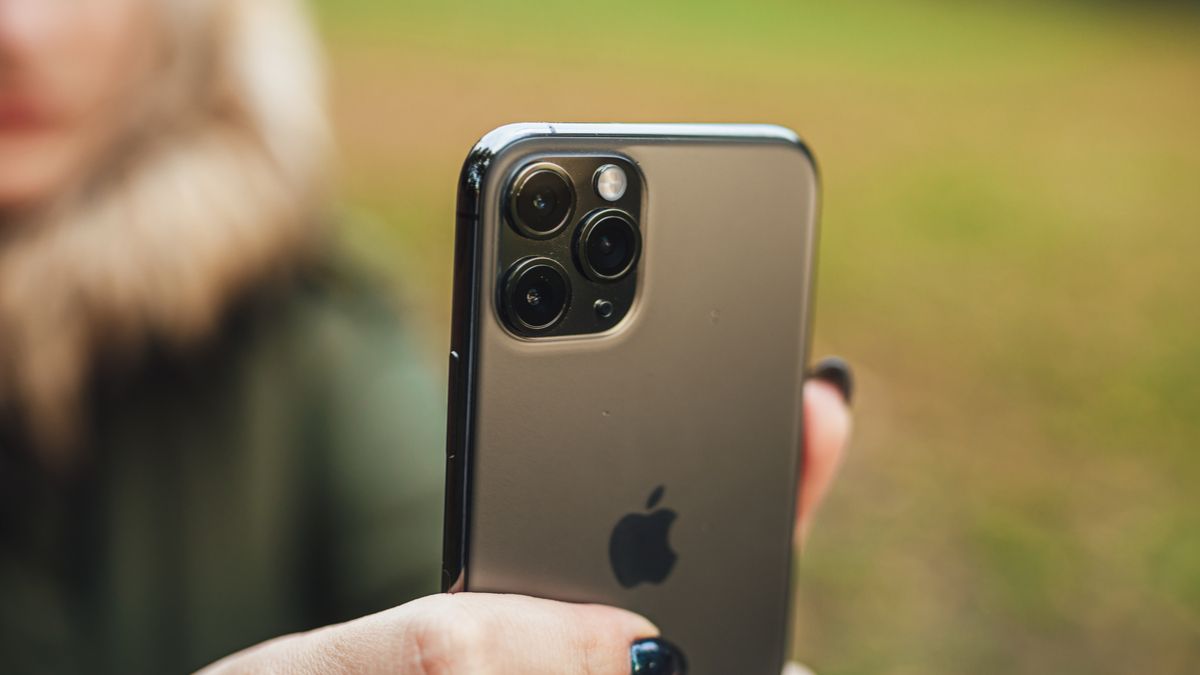
Related
How to Use the iPhone Camera Timer
Take pics automatically with this handy feature.
Above all, whether you’re out to watch or photograph the Perseid meteor shower, check the weather forecast, set aside plenty of time, experiment, and enjoy!


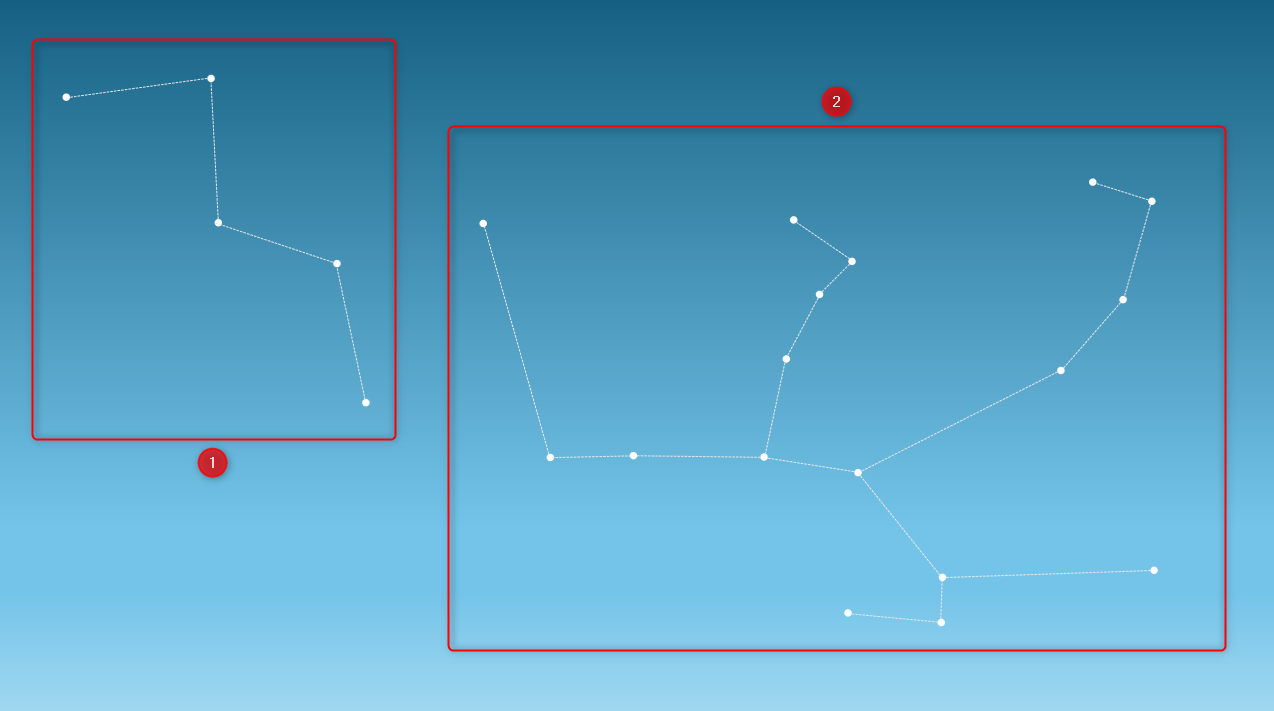



:max_bytes(150000):strip_icc()/GettyImages-623688942-b1a2f452506d4ee6ab82e4035c3c4f3e.jpg?w=1174&resize=1174,862&ssl=1)

Leave a Comment
Your email address will not be published. Required fields are marked *